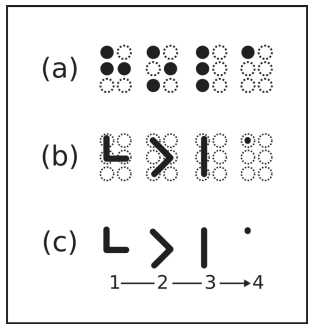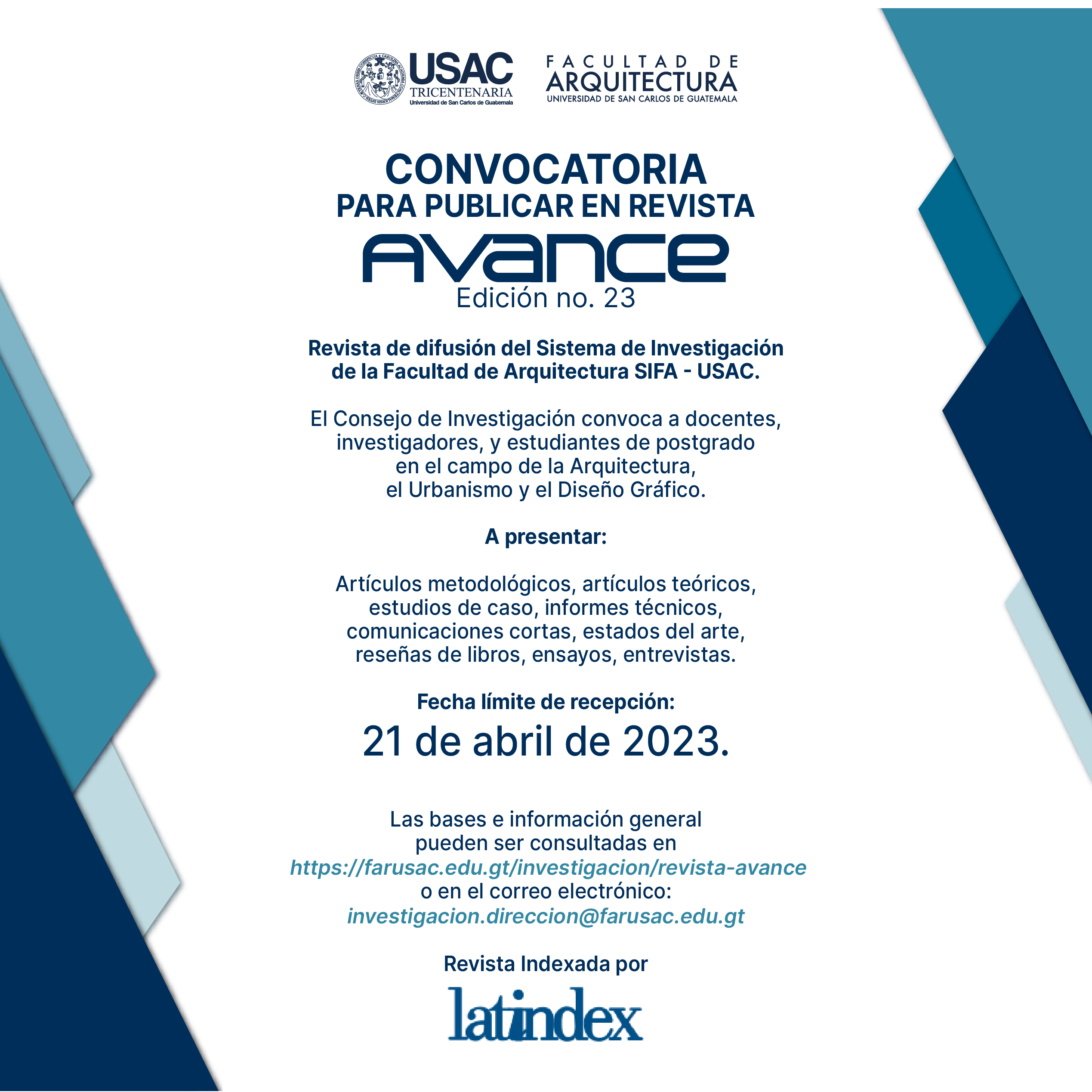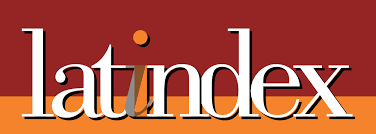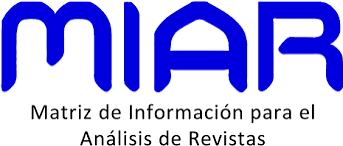A blind student in graphic design?
A topic of language development, not disability
Keywords:
blindness, deafness, disability, emboss, graphic design, haptografphic, inclusive education, special educationAbstract
The Constitution of the Republic of Guatemala and the laws of the Universidad de San Carlos de Guatemala - USAC - force their faculties and schools to enroll students with disabilities. Even Though the Graphic Design School has initiated actions to enforce the application of these laws, and the fact that there are deaf students in their classrooms, the school has not been able to join this effort of the USAC. The student identified a profession apparently adequate to their abilities. But experience and theoretical research revealed more important problems than deafness limitations. These limitations are a risk for academic student development. In parallel, people have rejected the possibility of including students with visual impairment in the same profession. The reason is the fallacy that the communication of visually impaired people is tactile. Deafness and blindness become extraordinary challenges for students and educational institutions. Those challenges are unfocused from the true limitations of each sensorial disability, that are even different ways of "interpreting the world that surround them" and "different learning styles"
Downloads

Downloads
Published
How to Cite
Issue
Section
License
Copyright (c) 2016 Andy Amilcar Rodríguez Castillo

This work is licensed under a Creative Commons Attribution-NonCommercial-ShareAlike 4.0 International License.












